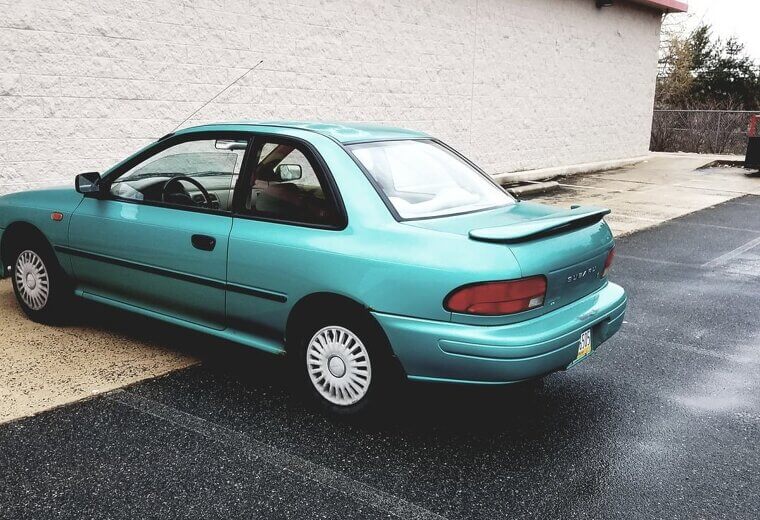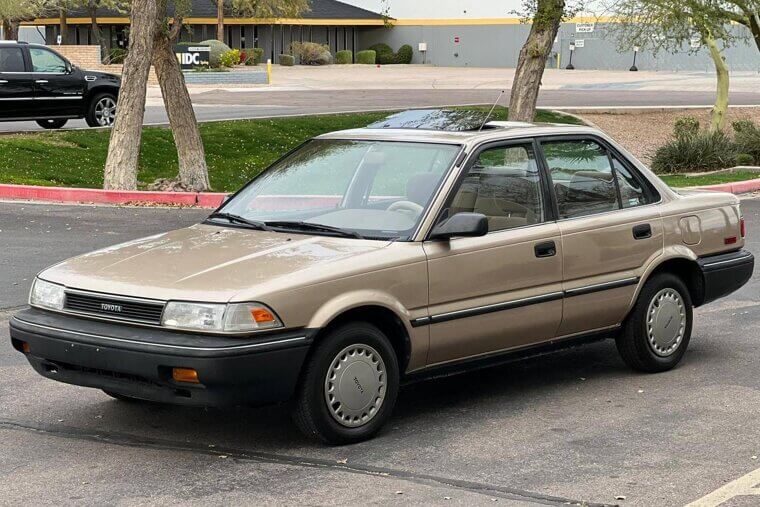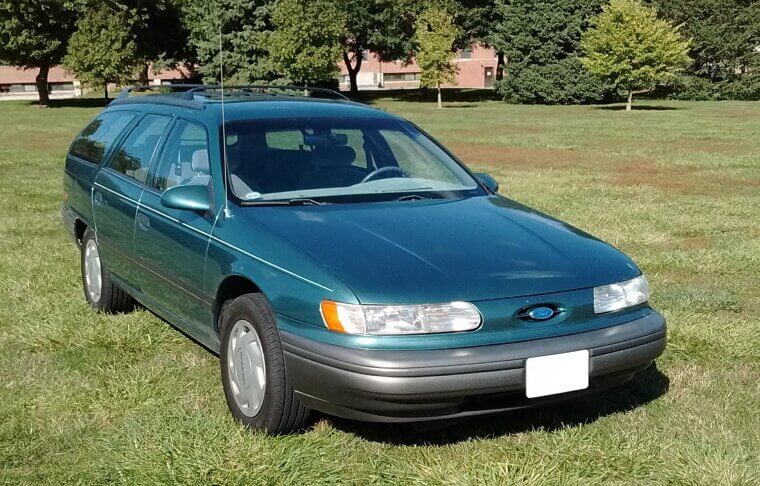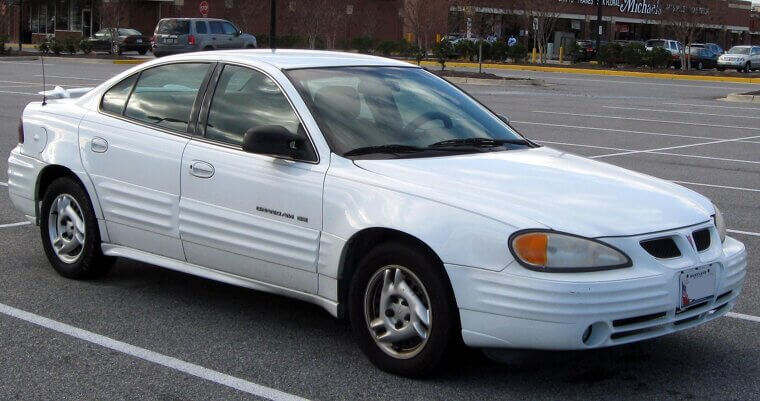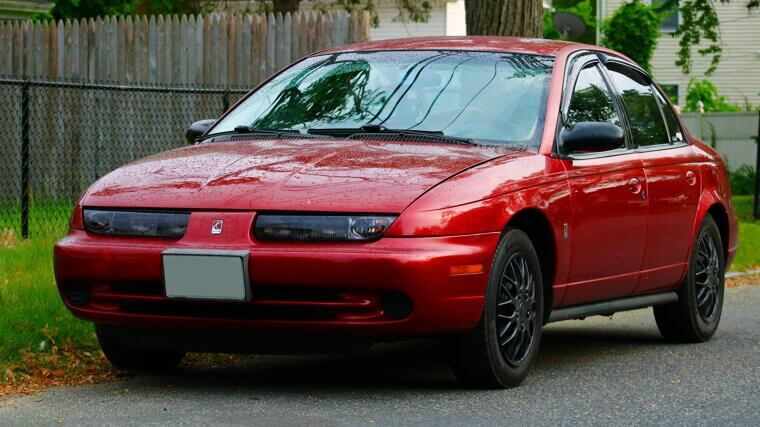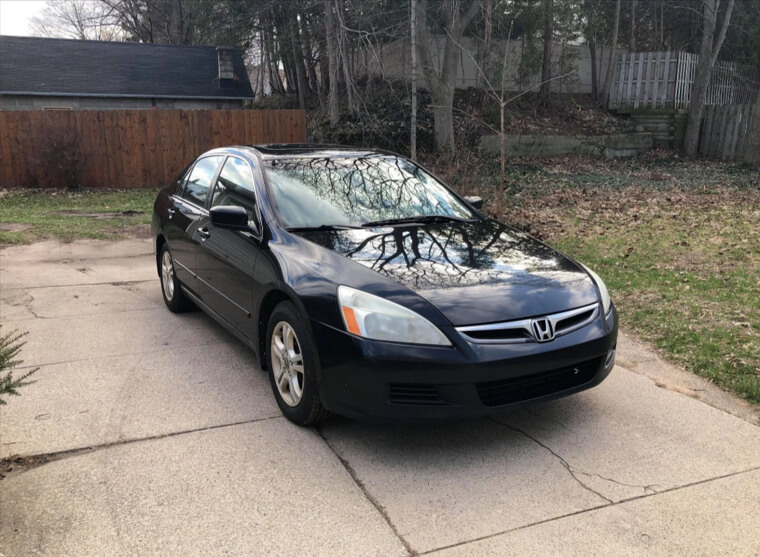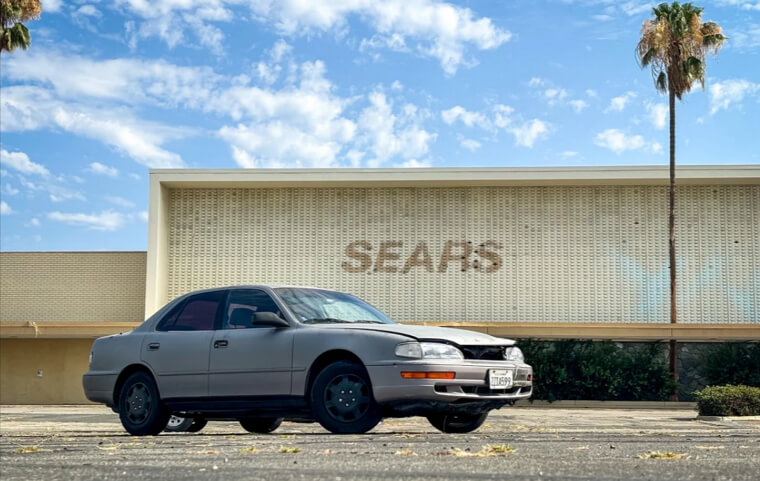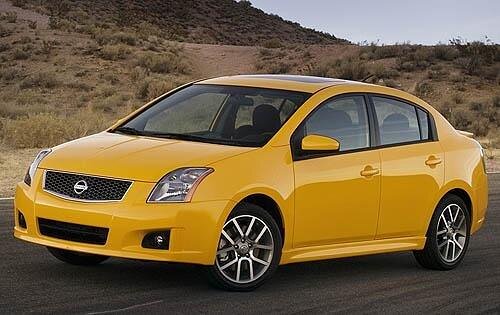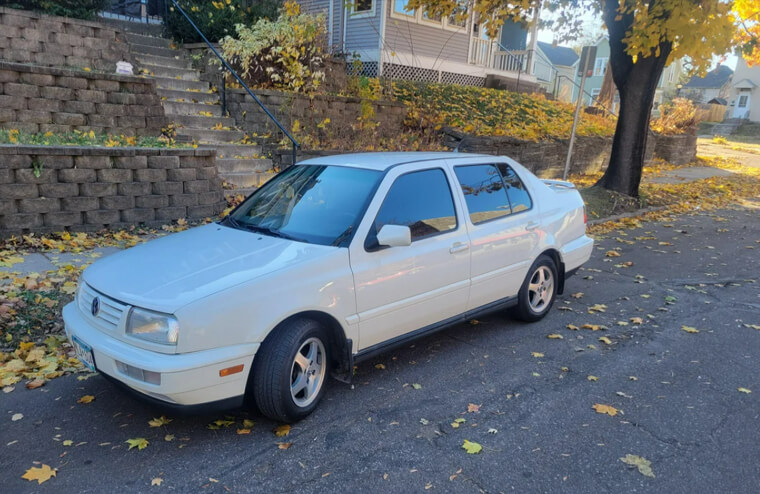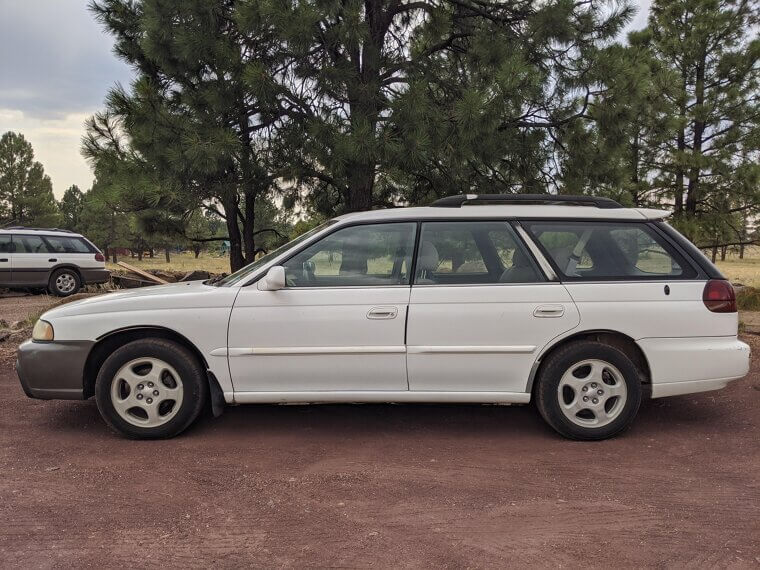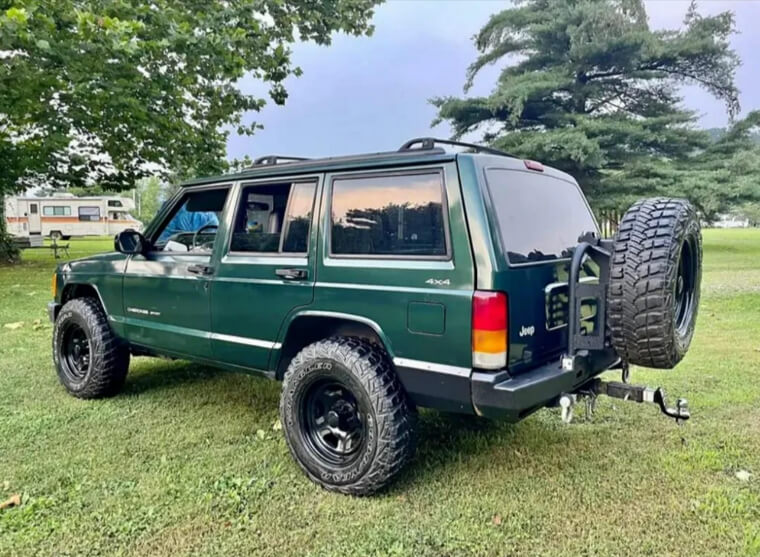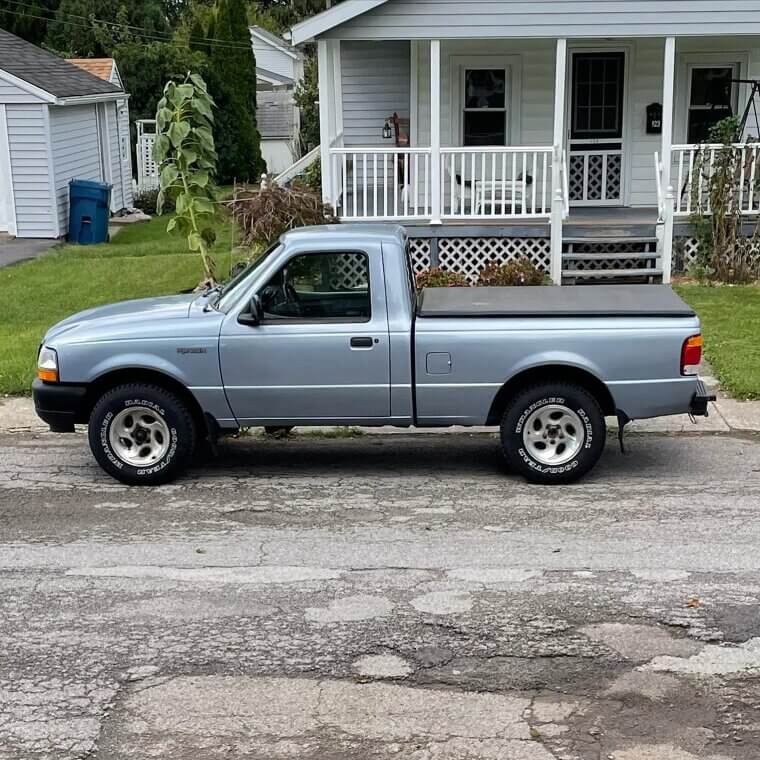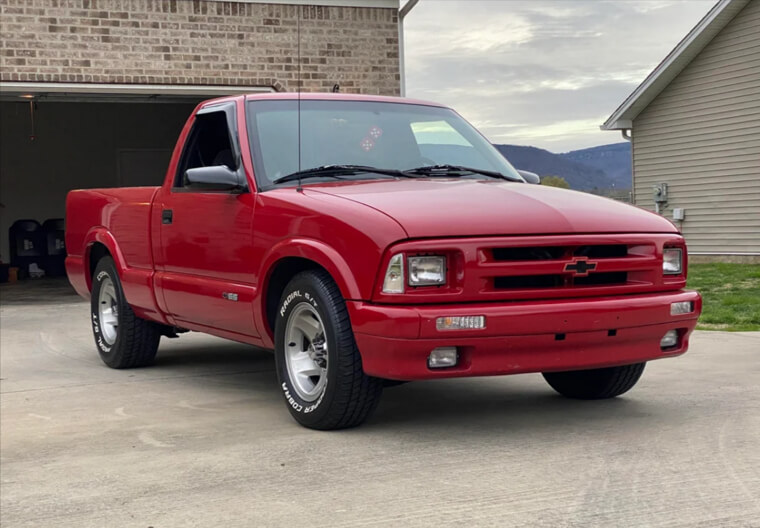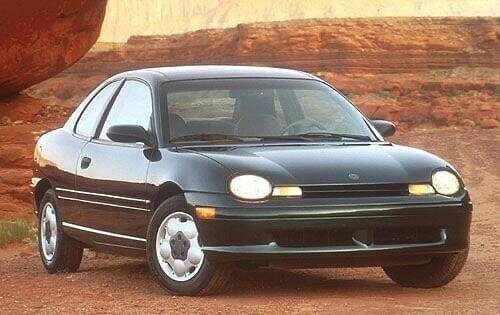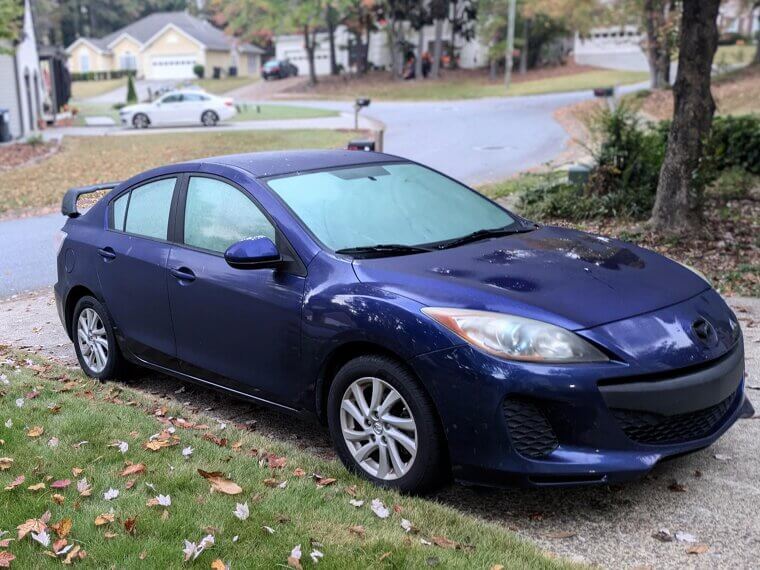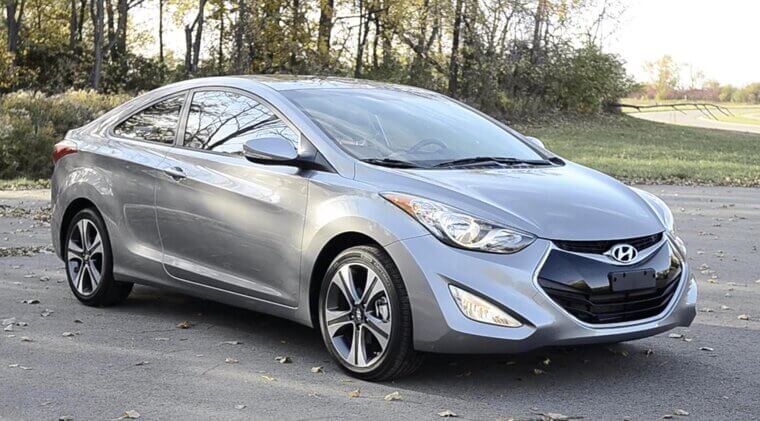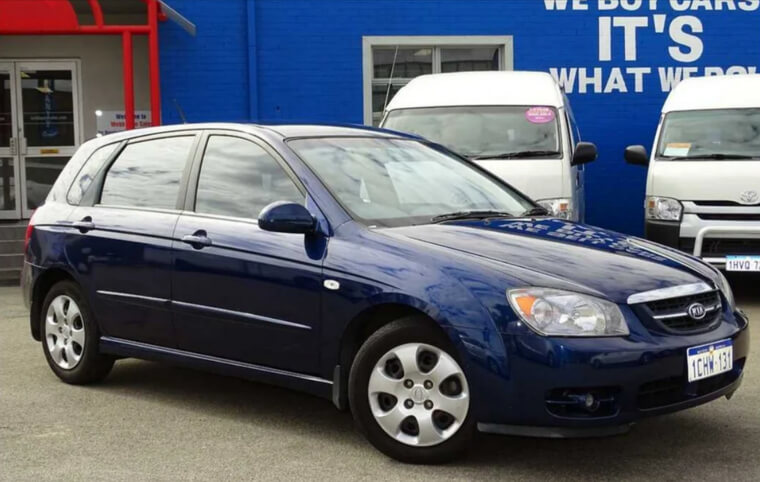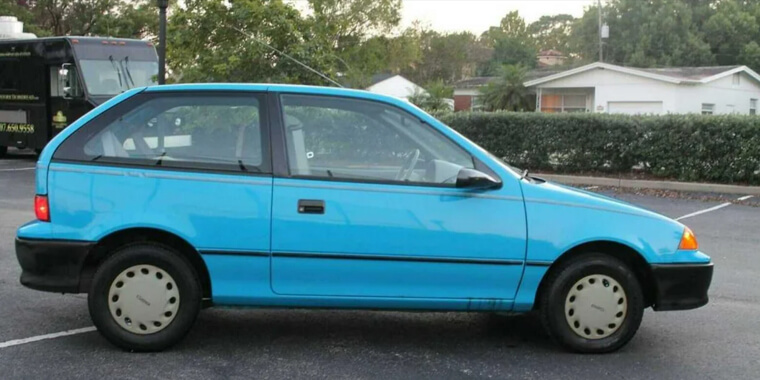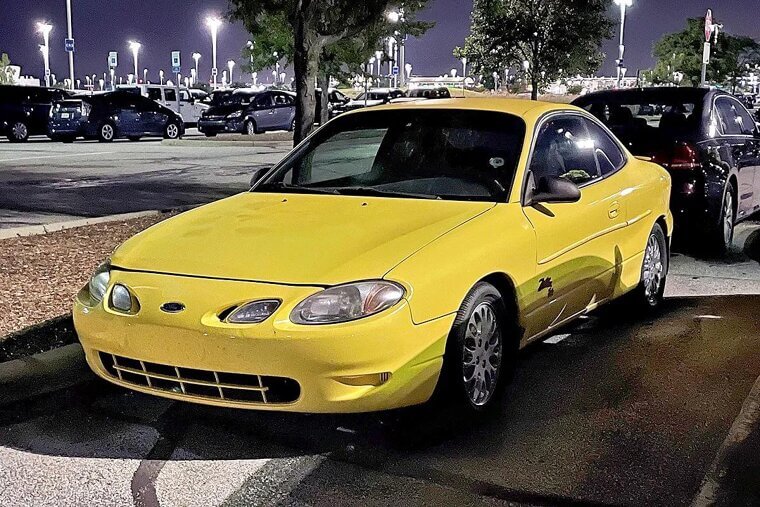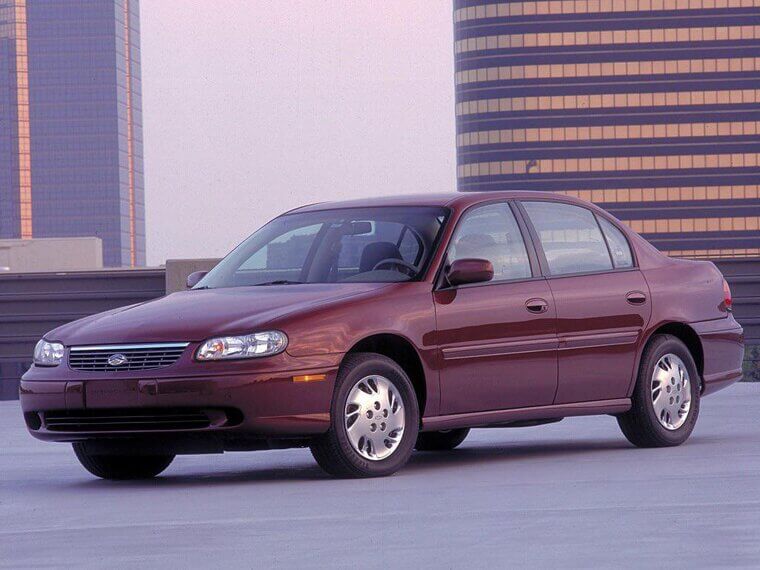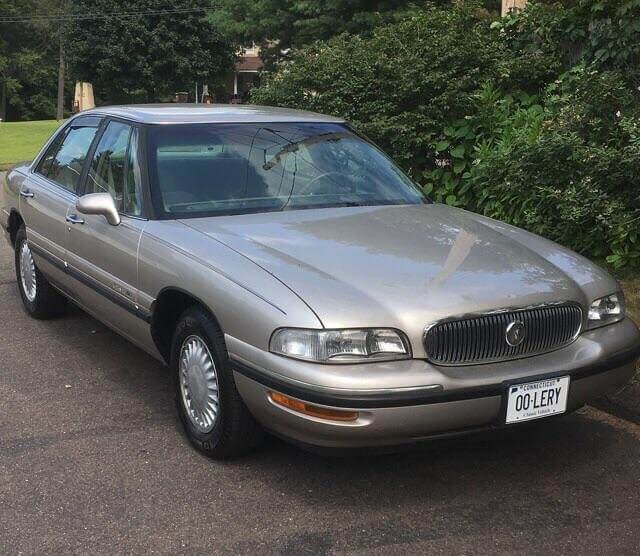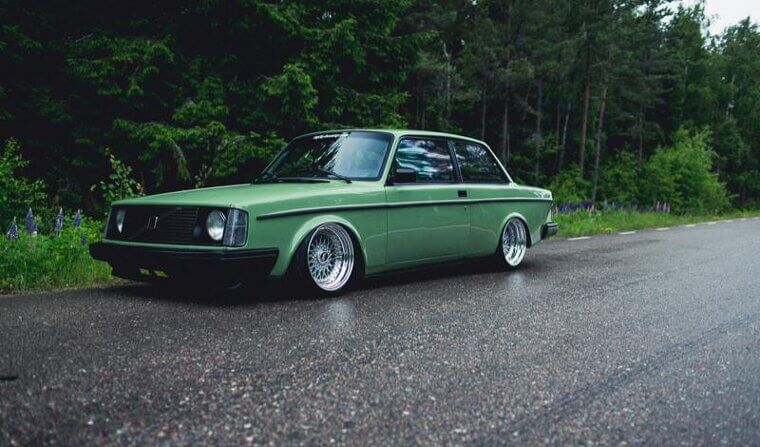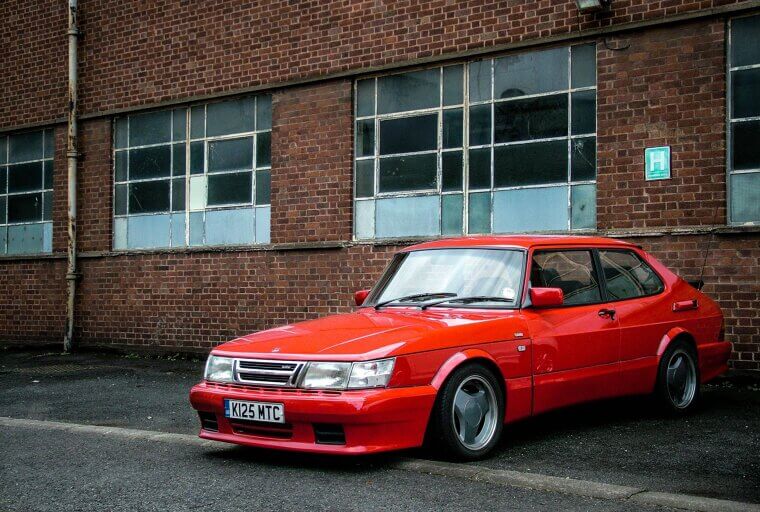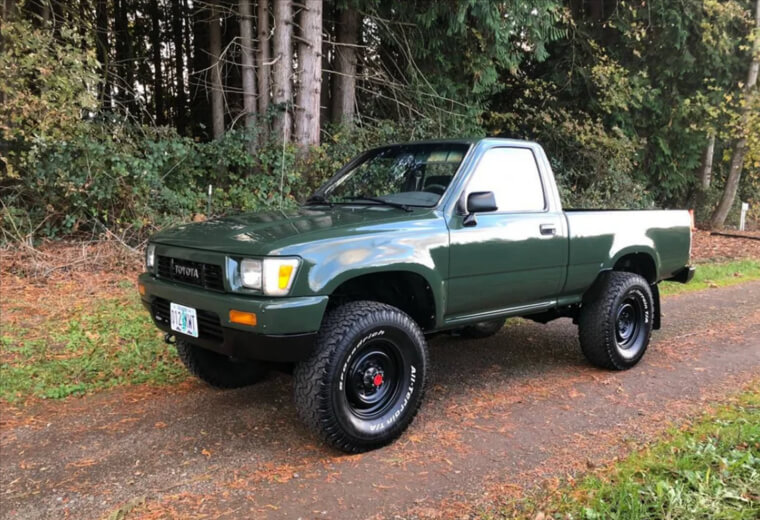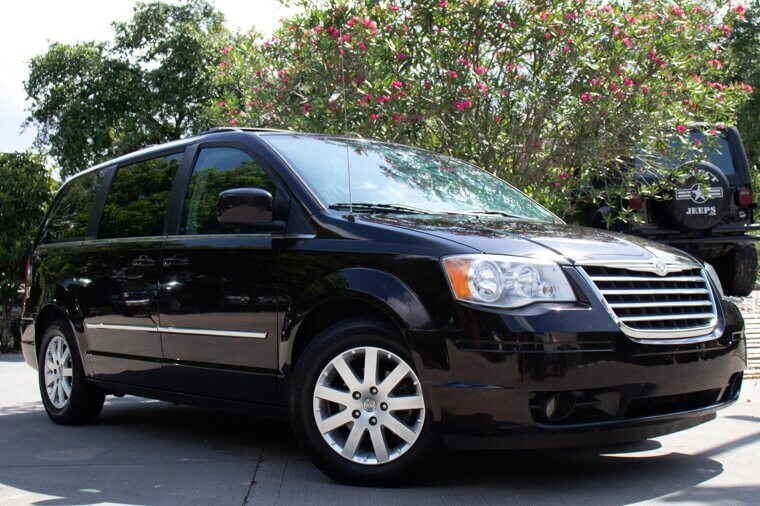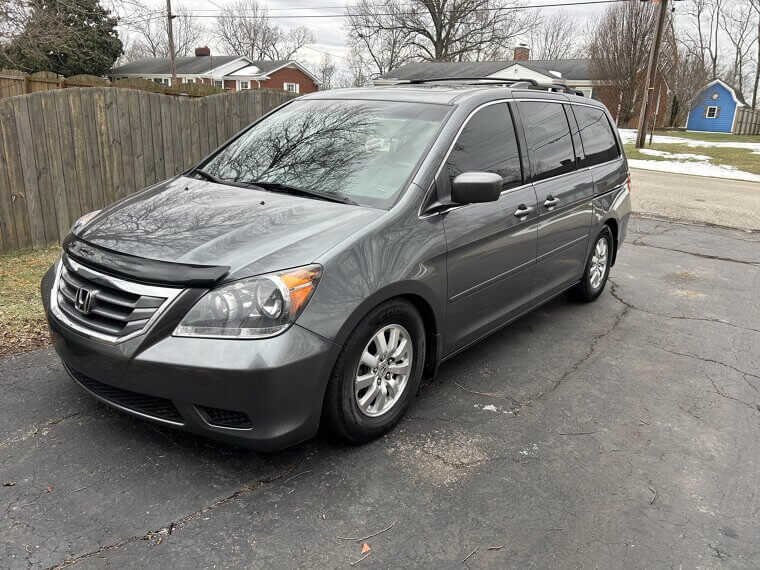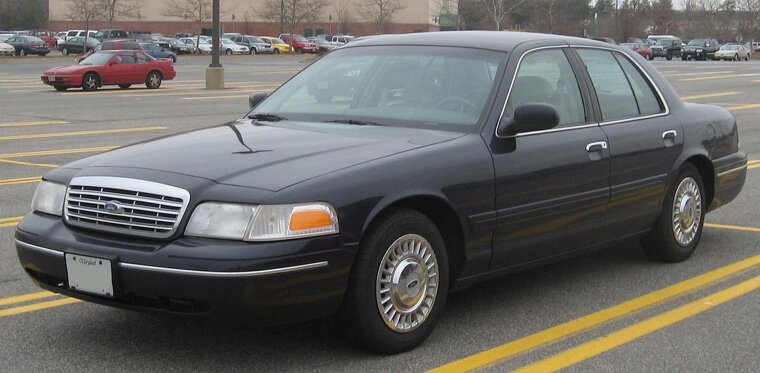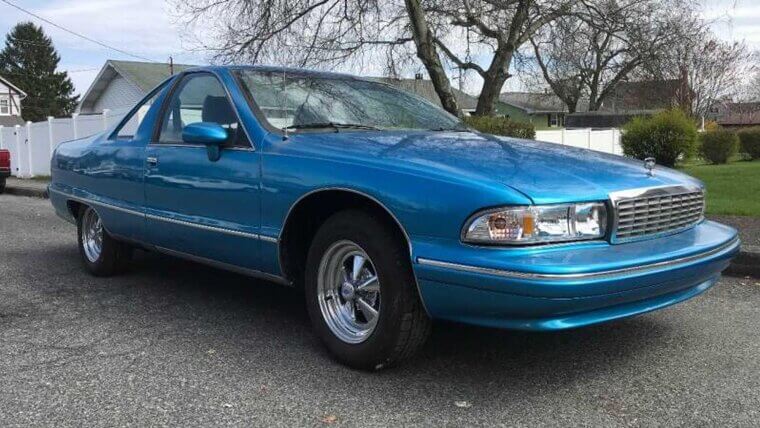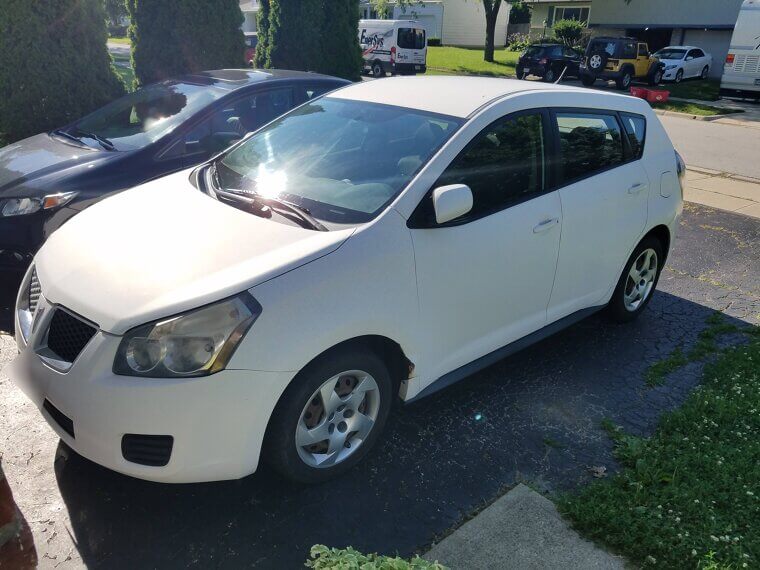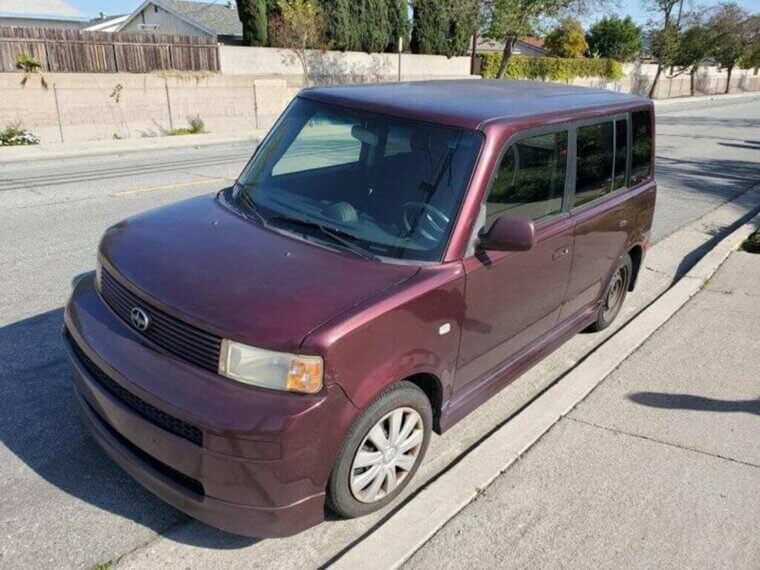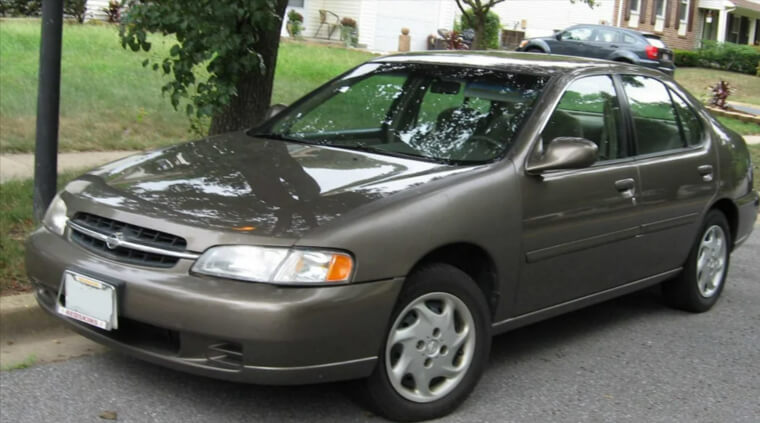You Probably Drove One of These Back in the Day
Every hallway had one: the kid who rolled up in a sun‑faded compact with a dented bumper, the parent‑issued minivan with mystery crumbs, or the hand‑me‑down sedan that smelled faintly of cherry air freshener and band practice. These weren’t dream cars; they were driving teachers—patient, underpowered, and surprisingly durable. Below are 35 classics of the high‑school parking lot across decades: simple to insure, easy to wrench, and perfect for learning parallel parking without drama. Expect bench seats, cassette adapters, five‑speed shifters, and hazard lights used a little too enthusiastically. Lighthearted nostalgia, useful context, zero judgment—just the cars that quietly made drivers.
Honda Civic (1992–2005)
Reliable, frugal, and everywhere under three grand, the Civic taught whole classes to row five-speeds and glide through parking lots without drama. It shrugged off neglect, rewarded oil changes, and forgave crunchy shifts. Fold‑down rear seats swallowed sticks, duffel bags, and half the team. The starter pack for drivers: smooth clutch, mirror checks, and the realization that beige can be quick enough when the bell rings and homeroom is distant.
Toyota Corolla (1988–2008)
Bulletproof engines, low insurance, and calm road manners made the Corolla the attendance award on wheels. It trained smooth braking, disciplined mirror sweeps, and fearless highway merges even with four friends aboard. Cloth seats aged gracefully; trunks carried tri‑boards and baking‑soda volcanoes. Lessons stuck: anticipate, leave space, fuel budget like finals week. The quiet MVP parents trusted, and teens discovered could outlast backpack trends and the aux‑cord of the week.
Ford Taurus / Mercury Sable (1992–2007)
A fleet favorite turned hand‑me‑down, the Taurus or Sable gave students big‑sedan practice without big bills. It taught lane discipline, gentle steering, and how to park something shaped like an egg. Ovals everywhere—vents, gauges, even the key fob—plus a cassette adapter looping mix CDs. You learned the difference between cushy ride and boaty float, why turn signals matter, and how to cruise calmly while the HVAC whooshed reassuringly most days.
Chevrolet Cavalier (1995–2005)
Cheap to buy and cheaper to fix, the Cavalier was the bell ringer for budget drivers. It coached basic car care, throttle restraint, and saintlike patience with climate knobs. Classifieds overflowed; parts stores knew your face. One weekend it hauled subwoofers, the next a semester of textbooks. Lessons: replace wipers, check fluids, and respect drum brakes. It wasn’t glamorous, but it showed up, started, and got everyone home after rehearsal.
Pontiac Grand Am / Sunfire (1999–2005)
Grand Am and Sunfire wore sporty vents and vinyl bravado on student budgets. They taught respect for understeer, the meaning of winter tires, and how cosmetic scoops add zero horsepower. Ribbed cladding yelled mall run; the stereo yelled louder. You learned to scan for potholes, rotate tires, and keep a steering wheel straight when enthusiasm outpaced grip. Affordable swagger, decent pep, and a trunk perfect for hoodies and pizza nights.
Saturn S‑Series (1996–2002)
Saturn’s polymer panels shrugged off parking‑lot door dings, while honest mpg and friendly pricing lured first‑car shoppers. It taught oil‑level vigilance, smooth clutch takeup, and that plastic can be practical. No‑haggle stories, dealer coffee, squeaky‑clean interiors—peak late‑’90s. Folded seats made room for instruments and posters. The vibe: diligent, thrifty, and surprisingly durable. You learned maintenance logs beat myths, and that a simple car can make simple independence feel huge daily.
Honda Accord (1990–2007)
The Accord’s superpower was refusing to retire. Families passed them down like yearbooks, and they kept acing highway etiquette, cruise control discipline, and calm passing. With the sunroof tilted and alternative rock humming, group‑project carpools made sense. It taught signal timing, lane courtesy, and why preventative maintenance is less dramatic than repairs. Mature without being boring, it turned long drives into quiet study halls with cupholders that always worked. Beautifully.
Toyota Camry (1992–2006)
Camry owned the parent‑approved triple: quiet, comfy, dependable. It taught smooth inputs, long‑trip stamina, and how to fuel budget on a part‑time paycheck. Beige paint hid heroics; cold A/C saved friendships. One bumper sticker, exactly; no drama, precisely. Students learned to coast toward reds, pack trunk space like Tetris, and appreciate seat bolsters old before their time. A rolling yearbook editor—organized, calm, and inexplicably great at carrying cupcakes. On Fridays.
Nissan Sentra (1995–2012)
Affordable and peppy enough, the Sentra coached confident lane changes and city‑block parking finesse. Insurance stayed reasonable; gas receipts looked like lunch money. Fabric seats forgave cleats; aux cables kept playlists democratic. It taught signaling early, checking blind spots, and making three‑point turns look intentional. After‑school drive‑throughs? Effortless. The car understood deadlines, detours, and why a trunk sometimes doubles as a mobile locker on rainy Tuesdays and surprisingly long weekends.
Volkswagen Jetta / Golf (1999–2014)
Jetta and Golf brought European feel to algebra class, with hatchback practicality and blue dash glow. They taught clutch timing, roundabout manners, and winter wiper wisdom. Instruments, backpacks, and two friendships fit the hatch. You learned momentum driving, when to de‑fog properly, and that heated seats are a study aid. It felt a little continental, a little grown‑up, and exactly right for parallel parking outside coffee before rehearsal most mornings.
Subaru Legacy / Outback (1995–2009)
Legacy and Outback were the ski club shuttle with manners. Standard AWD, wagon space, and a rugged vibe taught snow driving basics, momentum over power, and why winter tires beat hope. Roof racks carried boards; dog hair became factory fabric. You learned to read plow berms, feather throttle on ice, and pack thermoses like a pro. Practicality met adventure, and Saturday mornings finally made sense in fresh powder and cocoa.
Jeep Cherokee XJ (1987–2001)
Cherokee XJ was the parking‑lot landmark: square, simple, and stubbornly running. It taught turning‑radius realities, curb approach angles, and patience with rattly dashboards. Tailgate‑lift hangouts were standard equipment. Drivers learned to modulate throttle over speed bumps, respect solid axles, and appreciate a cargo area basically shaped like possibility. Easy to wrench, hard to kill, it convinced entire friend groups that off‑road dreams start with tire pressure and snacks and maps.
Ford Ranger (1998–2011)
Small truck, small budget, big lessons. The Ranger normalized manual gearboxes and taught weight balance in rain, bed‑loading etiquette, and why ramps beat friends when moving couches. Two jump seats folded for toolboxes; the radio learned shop‑class hours. You practiced mirror use with long doors, backed into spots like a pro, and discovered tailgates are temporary picnic tables. Simplicity made confidence grow, one downshift and lumber run at a time.
Chevrolet S‑10 (1994–2004)
Chevy’s S‑10 fit everywhere and fixed for pocket change. It taught short‑bed visibility, trailer‑light checks, and how to back a small trailer without squeezing eyes shut. One Saturday meant mulch stacked to the rails; another, a drum set. Owners learned ratchet‑strap calculus, tailgate etiquette, and that a slow truck still wins at utility. Manuals were common; parking was easy; adulthood felt closer with a bed full of errands every weekend.
Dodge/Plymouth Neon (1995–2005)
Neon said “Hi.” and meant it. Light, peppy, and often very affordable, it taught manual basics, throttle moderation, and why winter tires transform commutes. Stickers and hubcaps told stories; mufflers had character. You learned to heel‑toe badly, then better, and to pack friends while keeping momentum alive. The car loved corners more than speed, encouraged optimism, and made late bell sprints feel like gym class with a steering wheel. Again.
Mazda Protegé / Mazda3 (1999–2013)
Protegé and early Mazda3 proved fun can be practical. They taught looking through turns, smooth downshifts, and why a communicative chassis matters. Insurance stayed sane; engines felt eager without shouting. Trunks fit two backpacks and hope; hatches fit a keyboard. Students learned tire pressure equals personality, that heel‑and‑toe is music when done right, and that a well‑sorted compact can turn errands into light autocross between classes, metaphorically speaking on weekends.
Hyundai Elantra (2001–2013)
Elantra arrived with warranty swagger and smart pricing, sneaking into driveways as the surprising overachiever. It taught new‑car maintenance schedules, gentle throttle, and how cruise control keeps grades honest on road trips. Fresh‑from‑dealer smell met the class’s newest stereo. You learned to rotate tires, decode service intervals, and appreciate that modest cars with long warranties make stress evaporate. The vibe: quietly capable, spreadsheet friendly, and nicer than anyone expected. Overall.
Kia Rio / Spectra (2001–2011)
Rio and Spectra won the monthly‑payment Olympics. They taught tire pressure checks, gentle highway merges, and patience during on‑ramp chess. Bright paint helped parents find you at pickup; gloveboxes collected fast‑food napkins as if by magnetism. Lessons stuck: light cars reward smoothness; maintenance beats ambition; and the cheapest new car can still feel like freedom’s down payment. Commutes became calmer when the volume knob, not the gas pedal, led. Daily.
Geo Metro (1989–2001)
Metro was the MPG legend that turned gas stations into social clubs you rarely visited. It taught planning passes, patience on hills, and the fine art of drafting legally behind common sense. Three cylinders worked overtime to make first period. Ownership lessons: travel light, inflate tires, and marvel at receipts. Slow never felt so economical, and suddenly every errand looked like a mileage challenge you absolutely intended to win. Anyway.
Geo Prizm (1993–2002)
Prizm wore a Chevy badge over Toyota bones, making reliability affordable. It taught quiet steering, long‑life basics, and that boring can be brilliant when semesters run long. Trunks hauled trombones; cabins survived glitter from posters. The parking lot revelation—“Wait, it’s basically a Corolla?”—never got old. Maintenance was predictable, insurance smiled, and the car’s greatest talent was disappearing into the background while you figured everything else out, safely for years ahead.
Ford Escort / ZX2 (1997–2003)
Escort and ZX2 were abundant, simple, and stacked with cheap parts. They taught belt‑squeal diagnostics, map‑reading before data plans, and how to keep momentum with 110-ish horsepower. Two‑door ZX2s hid surprising trunk space for uniforms or amps. You learned timing belts matter, headlights should actually be aimed, and rural shortcuts aren’t always shorter. A reliable mule for marching band and Saturday shifts, with room for a borrowed snare and cases.
Chevrolet Malibu (1997–2007)
Family hand‑me‑down central, the Malibu taught patience and courtesy at speed. It floated through carpools, steady when lanes merged and tempers flared. Teens learned cruise‑control pacing, turn‑signal timing, and why keeping right wins friends. Cloth benches soaked up gossip and fries; the radio lived on preset three. Nothing flashy—just a rolling parent‑teacher conference smelling of crayons and coffee, somehow always producing one extra seat.
Oldsmobile Cutlass Ciera (1985–1996)
The Cutlass Ciera felt like graduating into adulthood three years early. Estate-sale specials with a sofa-smooth ride, they introduced column shifters, gentle acceleration, and big-car braking distances. Drivers practiced easing off early and steering with fingertips. Velour seats hugged, dashboards glowed softly, and the cabin smelled like butterscotch and perfectly folded maps. It was the car that made AM weather forecasts unexpectedly cool, and parallel parking a slow, courteous waltz.
Buick LeSabre (1992–2005)
LeSabre was a living room on wheels: quiet, floaty, safe, and usually babied. Teen drivers learned smooth steering inputs, wide-arc parking, and spatial awareness in a big body. Bench seats encouraged peace treaties; turn-signal tempo matched the mixtape. It taught why momentum matters, how to feather brakes, and when to let faster traffic by. Grandparent energy in the best way—comfort first, drama never, and plenty of cupholders for milkshakes.
Volvo 240 (1980–1993)
The Volvo 240 was the safety poster child—boxy, honest, unhurried. It taught defensive driving as a reflex: mirrors, buffers, and measured lane changes. Heated seats cheered bleak mornings; stickers colonized the rear glass like a résumé of clubs. Students discovered predictability is speed’s wiser cousin, that tall glass means visibility, and that indestructible door thunks feel like a promise. Ancient radio, modern values; every trip a kindly Scandinavian lecture.
Saab 900 (1988–1998)
The Saab 900 brought affordable Scandinavian cool and lovable quirks. Keys lived between the seats; turbos built boost like a plot twist. Students learned patience for lag, smooth throttle roll‑on, and that ergonomics can be a personality. The wraparound windshield turned night drives cinematic, dashboards bristled with switches, and hatch space swallowed art projects whole. It felt scholarly yet mischievous—part design seminar, part coffeehouse road trip with friends.
Toyota Tercel / Echo (1991–2005)
Tercel and Echo were lightweight champs: simple controls, sippy fuel habits, tiny footprints. They taught momentum driving—keep speed through corners, plan passes, carry light gear—and threading parking lots like needlework. A tall dash and upright seating gave big-car sightlines without big-car stress. Personalities loomed larger than dimensions. Parallel parking felt like a magic trick; gas receipts looked like typos. The car equivalent of sharpened pencils and reliable sneakers.
Toyota Pickup / Tacoma (1989–2004)
Toyota’s Pickup and early Tacoma were trailhead teachers. Indestructible manuals taught clutch finesse on hills and courteously slow crawls off pavement. Beds hauled boards, coolers, and three friendships; tailgates doubled as chalkboards for weekend schemes. Drivers learned tire pressure wisdom, recovery etiquette, and why low range beats loud bragging. Every burrito run ended in dust, high-fives, laughter, and a new dent you somehow loved. Reliability, but with campfire seasoning always.
Dodge Caravan / Chrysler Town & Country (1996–2010)
Caravan and Town & Country were the sibling shuttle with sliding‑door choreography. Teens learned to back with a long tail, watch blind spots, and load humans like Tetris. Quieter than a cafeteria when cruising, louder than pep band when everyone sang. Stow ’n Go swallowed science fairs; a soccer ball rolled eternally under seat two. Diplomacy blossomed: driver picks route, passengers pick playlist, everybody arrives on time and intact, together.
Honda Odyssey (1999–2010)
Odyssey mixed minivan sense with a dash of VTEC swagger. It taught freeway courtesy with a full cabin, gentle merges, and lane discipline while passing snack bags astern. Third‑row laughter turned traffic into sitcom reruns. Students learned that momentum saves fuel, that patience saves friendships, and that sliding doors are peace treaties. Field-trip hero by day, drive‑thru diplomat by night—the van that made responsibility feel actually cool.
Ford Crown Victoria (1998–2011)
Crown Victoria was the driver‑ed legend: body‑on‑frame confidence, trunk like a studio apartment, and dual controls keeping hubris tidy. It taught big‑car lane centering, smooth braking, and mirror choreography. Instructors never blinked; students learned to. Highway merges felt ceremonial; three‑point turns, balletic. The V8 hummed reassurance while the steering wheel asked for steady hands. Master this barge, and everything smaller feels like a go‑kart.
Chevrolet Caprice / Impala (1991–2005)
Caprice and Impala trained generations in wide‑turn reality. Ex‑fleet bargains with vinyl seats (summer sauna edition) taught mirror mastery and patience at the wheel. Turning radius became a math problem; signal timing, an art. The speedometer felt optimistic; the brakes demanded forethought. Yet they floated down highways like living room couches, carrying driver‑ed nerves and half a marching band. Parallel parking one taught humility—and eventually, pride.
Pontiac Vibe / Toyota Matrix (2003–2010)
Pontiac Vibe and Toyota Matrix hid Corolla reliability inside a useful hatch. Students learned cargo Tetris, hill starts with friends aboard, and why seatbacks flat are freedom. Boards, backpacks, and a skateboard rattling somewhere fit easily. It handled snow days politely and gas stops cheaply, so well. The vibe (pun intended): cheerful competence, zero drama, and a cabin that pivoted from science club to weekend hike without breaking a sweat.
Scion XB (2004–2015)
Scion xB was the box that fox‑trotted—youth pricing, headroom for days, and endless sticker real estate. Visibility made city parking serene; upright seats turned carpools into talk shows. Teens learned to place corners, scan mirrors, and glide through tight alleys. Neon interior lights, DJ‑level aux cords, and a vibe that said “creative, on time.” The xB proved cubes can be cool and practicality can headline the party.
Nissan Altima (1998–2012)
Altima was the late‑bell sprinter: everywhere used, comfy, and quietly quick enough. It taught freeway merges, cruise‑control pacing, and long‑drive manners that kept road trips friendly. Trunks finessed prom decorations and spare hoodies with equal care. Steering felt confident; seats stayed comfortable long after playlists ended. It showed students that competence beats flash, and that reliable power plus good mirrors equals arriving unstressed, when the bell’s impatient.

